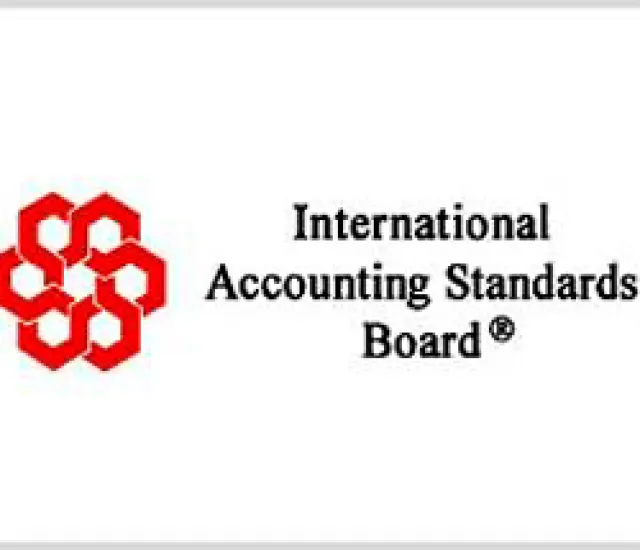
IASB's New Pension Accounting Will Mean Big Changes
A bunch of foreign corporations likely are starting to reevaluate their pension plans' asset allocations, thanks to the International Accounting Standards Board. How will this impact the US-based Financial Accounting Standards Board?
Judy Ward
July 6, 2011


